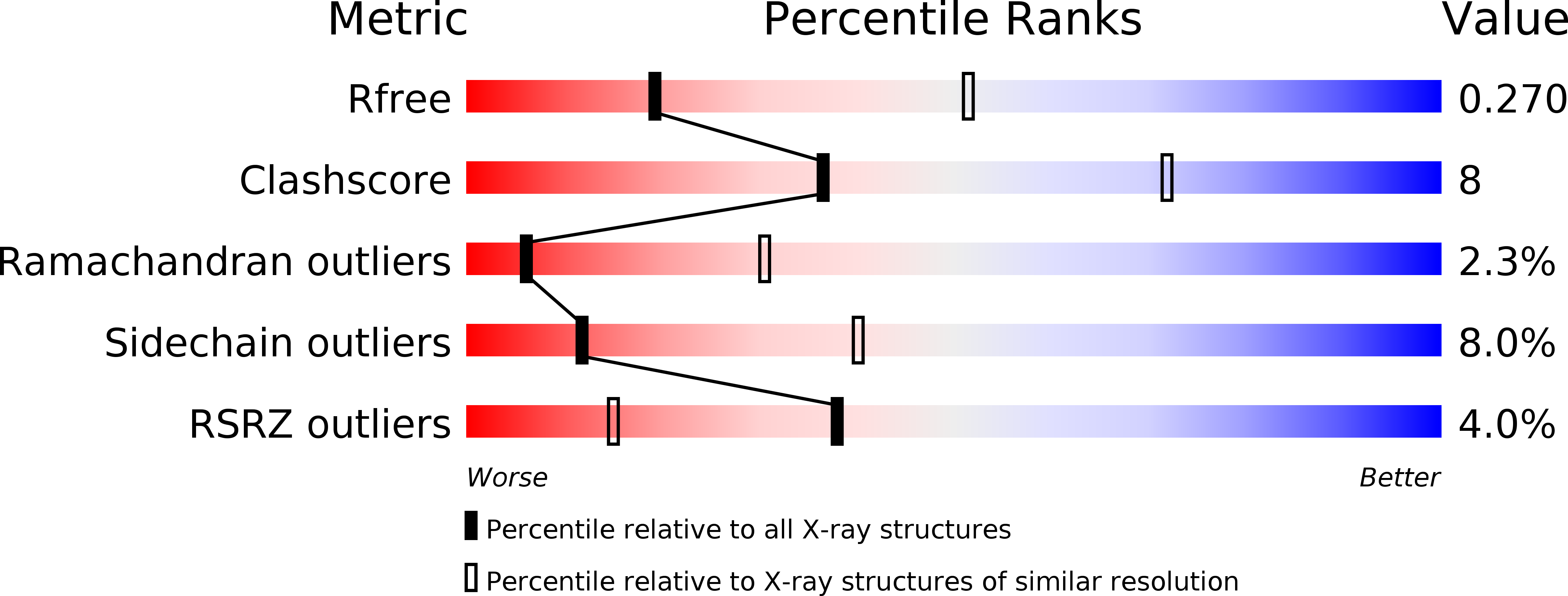
Deposition Date
2013-03-12
Release Date
2013-06-19
Last Version Date
2023-09-20
Entry Detail
PDB ID:
4JLC
Keywords:
Title:
Crystal structure of mouse TBK1 bound to SU6668
Biological Source:
Source Organism:
Mus musculus (Taxon ID: 10090)
Host Organism:
Method Details:
Experimental Method:
Resolution:
3.00 Å
R-Value Free:
0.26
R-Value Work:
0.23
R-Value Observed:
0.23
Space Group:
P 32 2 1


